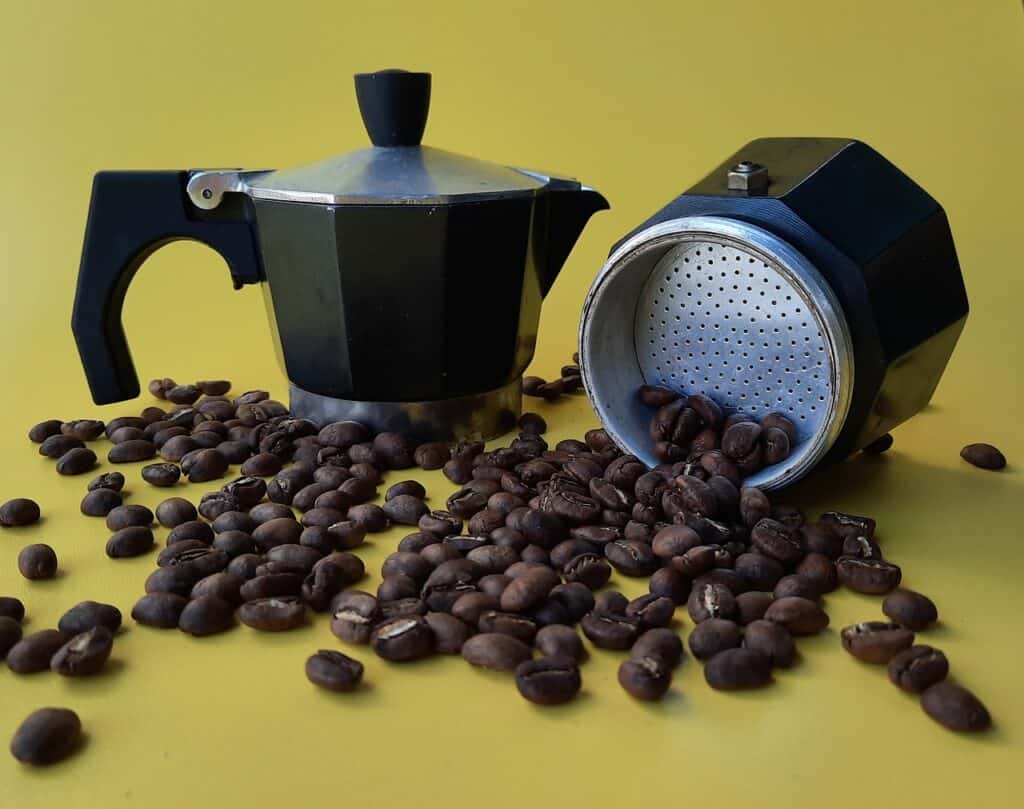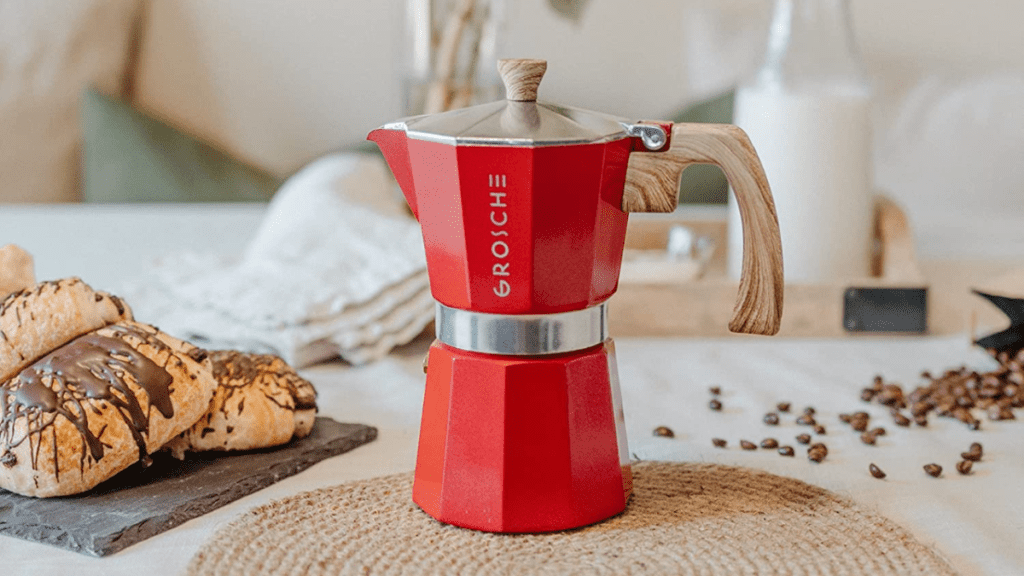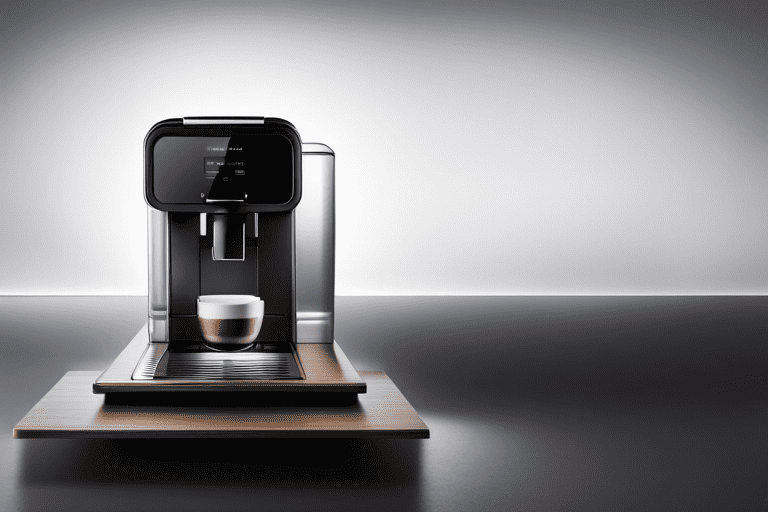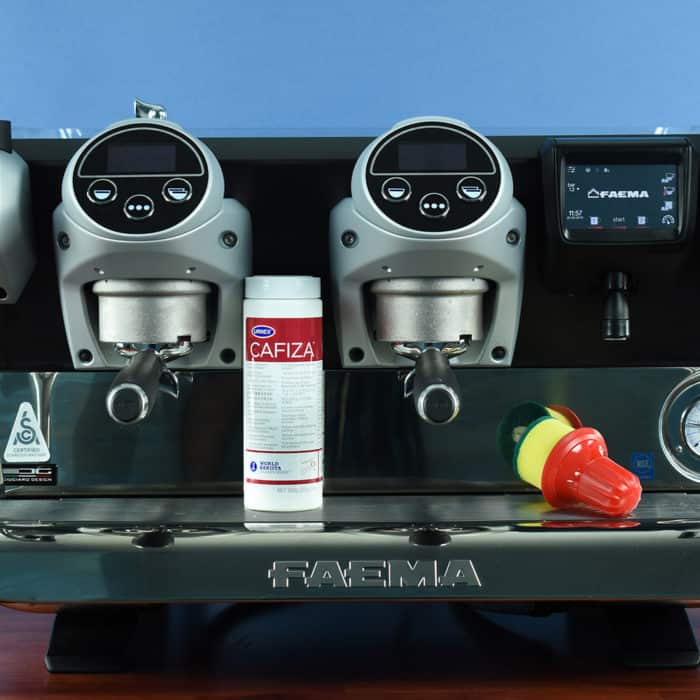How to Make Espresso in a Moka Pot: Step-by-Step Guide for Coffee Lovers

If you’re a coffee lover, you probably know that espresso is a unique and delicious way to enjoy your favorite drink. But did you know that you don’t need an expensive espresso machine to make a great cup of espresso? With a moka pot, you can easily brew rich, flavorful espresso right at home.
A moka pot is a stovetop coffee maker that uses steam pressure to brew espresso. It’s a simple and affordable alternative to traditional espresso machines, and it produces a strong, concentrated coffee that’s perfect for making lattes, cappuccinos, and other espresso-based drinks.
In this article, we’ll show you how to make espresso in a moka pot step-by-step, from choosing the right coffee beans to brewing and serving your espresso. Whether you’re a seasoned coffee drinker or a beginner, we’ll give you all the information you need to make a perfect cup of espresso every time. So, let’s get started!

Choosing the Right Moka Pot
When it comes to making espresso in a Moka pot, choosing the right one can make all the difference. Here are some things to consider when selecting a Moka pot:
Material
The most common material for Moka pots is aluminum. Aluminum Moka pots are affordable, lightweight, and conduct heat well. However, some people prefer stainless steel Moka pots because they are more durable and easier to clean. They may also be a better choice for those concerned about the potential health risks of aluminum.
Size
Moka pots come in various sizes, typically measured in cups. Keep in mind that the cups referred to in Moka pot sizes are much smaller than a standard coffee cup. A 3-cup Moka pot will produce about 6 ounces of coffee, while a 6-cup Moka pot will produce about 12 ounces. Consider how much coffee you want to make at once and choose a size accordingly.
Additionally, some Moka pots are designed for use on gas stovetops only, while others can be used on electric and induction stovetops as well. Be sure to check the manufacturer’s instructions before purchasing a Moka pot.
Preparing the Moka Pot
Grinding the Coffee Beans
Before we start preparing the moka pot, we need to grind the coffee beans. We recommend using freshly roasted coffee beans for the best results. The coffee should be ground to a fine consistency, slightly coarser than table salt.
You can use a coffee grinder to grind the beans or buy pre-ground coffee. However, freshly ground coffee will always taste better.
Filling the Filter Basket
Next, we need to fill the filter basket with the ground coffee. Use a spoon to fill the basket with the coffee, but don’t press it down too hard. The coffee should be level with the top of the filter basket.
Make sure the filter basket is clean and dry before filling it with the coffee. Any leftover coffee or moisture can affect the taste of the espresso.
Assembling the Moka Pot
Now that we have ground the coffee and filled the filter basket, it’s time to assemble the moka pot. First, fill the bottom chamber of the moka pot with cold water up to the level of the valve. Be careful not to overfill the chamber as it can waterlog the coffee and dilute the flavor.
Next, insert the filter basket into the bottom chamber and screw the top part of the moka pot onto the bottom part. Make sure it is tightly screwed on.
Finally, place the moka pot on the stove and turn the heat to medium. Wait for the coffee to start flowing into the top chamber. When you hear a gurgling sound, it means the coffee is ready.
With these simple steps, we can prepare the moka pot and enjoy a delicious cup of espresso. Remember to clean the moka pot after each use to maintain its quality and prolong its lifespan.
Brewing Espresso in a Moka Pot

Adding Water
Before we start brewing our espresso in a Moka pot, we need to add water to the bottom chamber of the pot. Fill the chamber with cold water up to the level indicated on the pot. Make sure not to exceed the maximum level to avoid any overflow during brewing.
Placing the Moka Pot on the Stovetop
Once the water is added, place the Moka pot on a stovetop. If you are using a gas stove, make sure to adjust the flame to medium heat. We recommend using a medium heat setting to avoid burning the coffee and to ensure a smooth extraction.
Monitoring the Brew
As the Moka pot heats up, the water in the bottom chamber will start to boil and create steam pressure. This pressure will force the water through the coffee grounds and into the top chamber of the pot. Keep an eye on the pot and listen for a gurgling sound. This sound indicates that the brewing process is almost complete.
Removing from Heat
Once the gurgling sound starts, remove the Moka pot from the heat source. Use a towel or oven mitt to hold the bottom chamber of the pot and unscrew the top chamber. Be careful as the pot and coffee will be hot. Pour the espresso into your cup and enjoy!
Remember not to tamp the coffee grounds as this can create excess pressure in your pot. Use medium-grind coffee for the best results. Brewing espresso in a Moka pot is a simple and affordable way to enjoy a strong cup of coffee at home.
Pouring and Serving
Pouring the Espresso
Once your espresso is brewed, it’s time to pour it. Hold the moka pot by the handle, and use the spout to pour the espresso into your cup. Be careful not to touch the pot as it will be hot. The consistency of the espresso should be thick and creamy, with a layer of crema on top.
Adding Steamed Milk
If you want to make a cappuccino or latte, you’ll need to add steamed milk to your espresso. First, heat the milk in a saucepan until it’s hot but not boiling. Then, pour the milk into a frothing pitcher and use a frother to create foam.
Creating Foam
Creating foam is an important step in making a cappuccino or latte. To create foam, hold the frothing pitcher at an angle and insert the frother just below the surface of the milk. Turn on the frother and move it up and down to create foam. Once you have enough foam, use a spoon to hold back the foam and pour the steamed milk into your espresso.
Adding Sugar
If you prefer your espresso sweet, you can add sugar to taste. We recommend adding sugar to the espresso before pouring in the steamed milk, as it will dissolve better in the hot liquid.
Now that you know how to pour and serve your espresso, it’s time to enjoy your delicious creation!
Cleaning and Maintenance
Cleaning the Moka Pot
Keeping your moka pot clean is essential to ensure that it continues to produce great-tasting espresso. After each use, disassemble the pot and rinse it with hot water. Use a soft sponge or cloth to remove any coffee grounds or residue. Avoid using abrasive cleaning materials or harsh chemicals that could damage the pot’s surface.
For a deeper clean, you can use a solution of water and vinegar. Fill the bottom chamber with a mixture of equal parts water and vinegar, then reassemble the pot and place it on the stove. Allow the solution to boil and percolate through the pot, then discard it and rinse the pot thoroughly with hot water.
It’s important to clean the filter basket regularly, as coffee oils can build up over time and affect the taste of your espresso. Remove the basket from the pot and wash it with hot, soapy water. Use a toothbrush or other small brush to scrub away any stubborn residue. Rinse the basket thoroughly and allow it to dry completely before reassembling the pot.
Storing the Moka Pot
Proper storage is key to keeping your moka pot in good condition. After cleaning, make sure the pot is completely dry before storing it. Store the pot disassembled to allow air to circulate and prevent any moisture from accumulating. Keep the pot in a cool, dry place away from direct sunlight.
It’s also important to use fresh, high-quality coffee grounds when making espresso in your moka pot. Store coffee beans or grounds in an airtight container in a cool, dry place to maintain their freshness and flavor. Avoid using stale or low-quality coffee, as this can affect the taste of your espresso and cause clogs in the filter basket.
Regular cleaning and maintenance will help ensure that your moka pot lasts for years and continues to produce delicious espresso. With proper care, your moka pot can be a reliable and enjoyable addition to your coffee routine.
RECOMMENDED READS
Top Rated Espresso Machines: Your Guide to the Best Options
How to Make Espresso with Keurig: Tips and Tricks for a Perfect Brew
Types of Espresso Makers: Your Ultimate Guide





